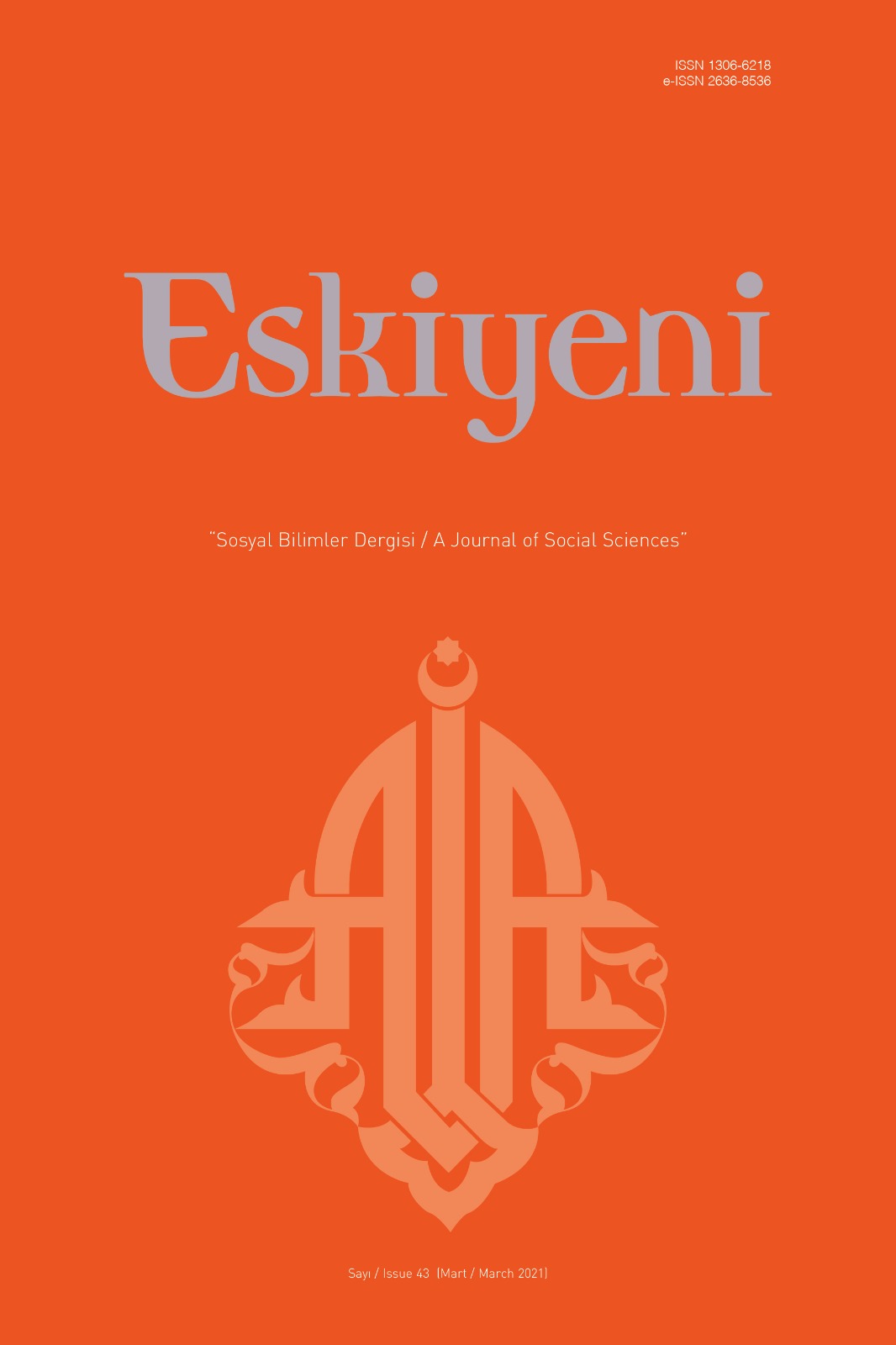Ṭaḥâvî’nin Şerḥu Müşkili’l-Âsâr’ında İhtilaflı Rivayetleri Çözüm Yöntemi
Ṭaḥāwī’s Method of Resolving Contradictory Traditions in Sharḥ Mushkil al-Āthār
Author(s): Şuayip SevenSubject(s): Theology and Religion, Islam studies
Published by: Anadolu İlahiyat Akademisi
Keywords: Ḥadīth; aṭ-Ṭaḥāwī; Muḫtalif al-Ḥadīth; Contradictory Traditions; Reasons of Tarjīḥ; Naskh; Mushkil;
Summary/Abstract: Abu Ja’far al-Ṭaḥāwī`s (d. 321/933) Sharḥu Mushkil al-Athār is the largest work in the mukhtalif al-hadith (conflicting traditions) literature. In Sharḥ Maʿāni al-Athār he dealt only with the contradictory traditions regarding Islamic law, but in Sharḥ Mushkil al-Athār he focused not merely on Islamic law or theology like Imam al-Shafi’i (d. 204/820) and Ibn Qutaiba (d. 276/889) before him, but he also studied therein great number of Hadiths regarding several Islamic disciplines except kalam. To him, the term mushkil denotes (1) the seemingly unclear message of hadiths, (2) the contradiction in various interpretations of one and the same hadith and (3) the apparent conflict between two hadiths. Although the hadith understanding of al-Ṭaḥāwī has been researched from different aspects, there is hardly any work in Turkish researches which particularly deals with the Ṭaḥāwī’s method in mushkil for the solution to the proplem concerning apparently contradictory hadiths. Ṭaḥāwī himself does not give any information about his method of treating mushkil traditions. He considers the authentic hadith as a revelation from God. He was, therefore, of the strong view that two authentic hadiths can in no way contradict each other as they are from Allah. In order to explain the apparent contradictions in Hadiths Ṭaḥāwī generally applies three methods, jamʿ, naskh and tarjīḥ. Jamʿ (جمع) method refers to modus operandi which consists of three dimensions. (1) jamʿ by looking at contextual differences among contradictory traditions, (2) jamʿ through semantic analysis of various words occuring in the traditions, and (3) jamʿ by speculating analogy (comparison). In the first modus operandi, Ṭahâwî tries to resolve the apparent differences between two narrations by tracing different contexts related to different time, place, and person due to which most people consider the two traditions contradictory. According to Ṭahâwî, by keeping in view the relevant contexts of the traditions, none can ever identify any contradiction in the Prophetic traditions. In the second modus operandi, Ṭahâwî analyzes all the possible meanings of the words occurring in the traditions so as to find out common imports of the apparently controversial words. In the third modus operandi, Ṭaḥâwî tries to solve two narrations that seem to be mutually contradictory through analogy by taking into consideration some generally accepted higher principle. When Ṭaḥâwî does not succeed in resolving disputes by applying three dimensions of the jamʿ modus operandi, he applies the theory of abrogation (naskh). When Ṭaḥâwî cannot resolve the dispute between the contradictory narrations with the methods of jamʿ and naskh, he turns to the method of preference (tarjih) where one narration out of two contradictory narrations is preferred to the other. He completes this process with the analysis of the chain of narrators (sanad) in which he determines the position of narrators as reliable or weak. The other principles Ṭaḥâwî applies for preference are: (1) superiority of transmitters, (2) compatibility of the reported text with the the Qur’an and the highly authentic sunnah, (3) availability of addional information (ziyada) about the preferred narration, (4) preference of a more harmonious narration with analogy, (5) preference of the narration of traditions reported by majority, and (6) preference of the traditions used by well-known Fuqaha. In the present article attempts will be made to identify the principles with concrete examples Ṭaḥâwî developed in his application of the three methods. For this purpose, the edition of Mushkil edited by Shuayb al-Arnawūṭ will be used.
Journal: Eskiyeni
- Issue Year: 2021
- Issue No: 43
- Page Range: 27-54
- Page Count: 28
- Language: Turkish

